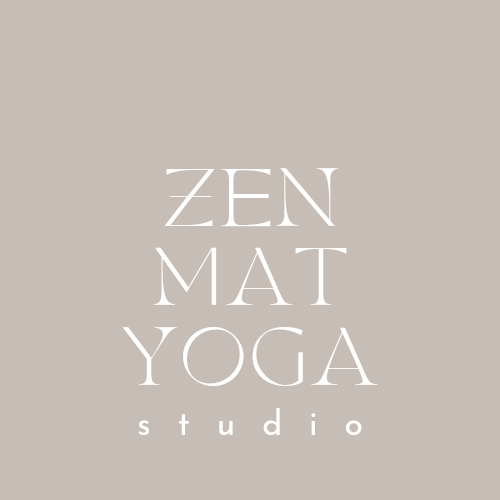Yoga for Runners: Enhancing Performance and Preventing Injuries
Running is a fantastic way to boost cardiovascular health, build endurance, and experience the joy of outdoor activity. However, the repetitive impact of running can lead to tight muscles, imbalances, and injuries. Incorporating yoga into your training regimen can be highly beneficial for runners, offering improved flexibility, strength, balance, and mental focus. In this article, we'll explore how yoga can complement your running routine and provide a sequence of poses tailored specifically for runners.
The Benefits of Yoga for Runners
1. Enhanced Flexibility
Running tends to tighten muscles, especially in the legs. Yoga helps to stretch and lengthen these muscles, improving overall flexibility. Enhanced flexibility can lead to a greater range of motion, which can improve running form and efficiency.
2. Injury Prevention
Yoga strengthens the muscles around joints, providing better support and reducing the risk of injuries such as runner's knee, IT band syndrome, and plantar fasciitis. The focus on alignment and balance also helps correct muscle imbalances that can lead to injury.
3. Improved Strength
While running primarily works the lower body, yoga provides a full-body workout. Strengthening the core, upper body, and stabilizing muscles can enhance overall running performance and endurance.
4. Better Breathing
Yoga emphasizes deep, mindful breathing, which can enhance lung capacity and efficiency. Learning to control your breath can help you maintain a steady pace and reduce fatigue during long runs.
5. Mental Focus
The meditative aspects of yoga can help improve concentration and mental clarity. This mental fortitude is crucial for maintaining focus and motivation, especially during challenging runs or races.
Yoga Sequence for Runners
Here is a sequence of yoga poses designed specifically to benefit runners. Perform these poses regularly to see improvements in flexibility, strength, and overall performance.
1. Downward-Facing Dog (Adho Mukha Svanasana)
This foundational pose stretches the hamstrings, calves, and Achilles tendons while also strengthening the arms and shoulders.
How to Do It: Start on your hands and knees, tuck your toes, and lift your hips toward the ceiling. Keep your spine long, and press your heels toward the floor. Hold for 5-10 breaths.
2. Low Lunge (Anjaneyasana)
Low Lunge stretches the hip flexors and quads, which can become tight from running.
How to Do It: Step your right foot forward between your hands and lower your left knee to the floor. Press your hips forward and lift your chest, reaching your arms overhead. Hold for 5-10 breaths, then switch sides.
3. Pigeon Pose (Eka Pada Rajakapotasana)
Pigeon Pose deeply stretches the glutes and the IT band, areas that can become tight from running.
How to Do It: From Downward-Facing Dog, bring your right knee forward and place it behind your right wrist. Extend your left leg straight back, keeping your hips square. Fold forward over your right leg, resting on your forearms or forehead. Hold for 5-10 breaths, then switch sides.
4. Reclining Hand-to-Big-Toe Pose (Supta Padangusthasana)
This pose stretches the hamstrings, calves, and lower back.
How to Do It: Lie on your back and extend your right leg toward the ceiling, holding onto your big toe or using a strap around your foot. Keep your left leg extended on the ground. Hold for 5-10 breaths, then switch sides.
5. Bridge Pose (Setu Bandhasana)
Bridge Pose strengthens the glutes, hamstrings, and lower back while opening the chest and hip flexors.
How to Do It: Lie on your back with your knees bent and feet flat on the floor, hip-width apart. Press into your feet to lift your hips toward the ceiling. Interlace your fingers under your back and press your arms into the ground. Hold for 5-10 breaths.
Conclusion
Incorporating yoga into your running routine can offer numerous benefits, from improved flexibility and strength to better breathing and mental focus. By practicing these poses regularly, you'll enhance your performance, reduce the risk of injury, and find greater joy in your runs. Whether you're a seasoned marathoner or a casual jogger, yoga can be a powerful tool to support your running journey.
Photo- @mroz
